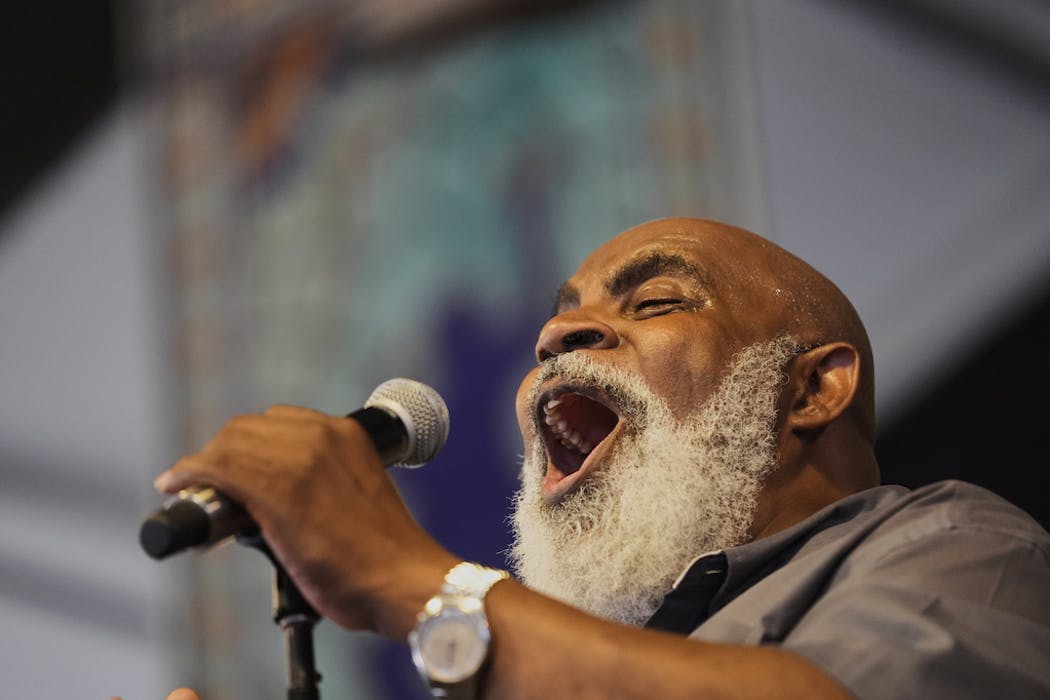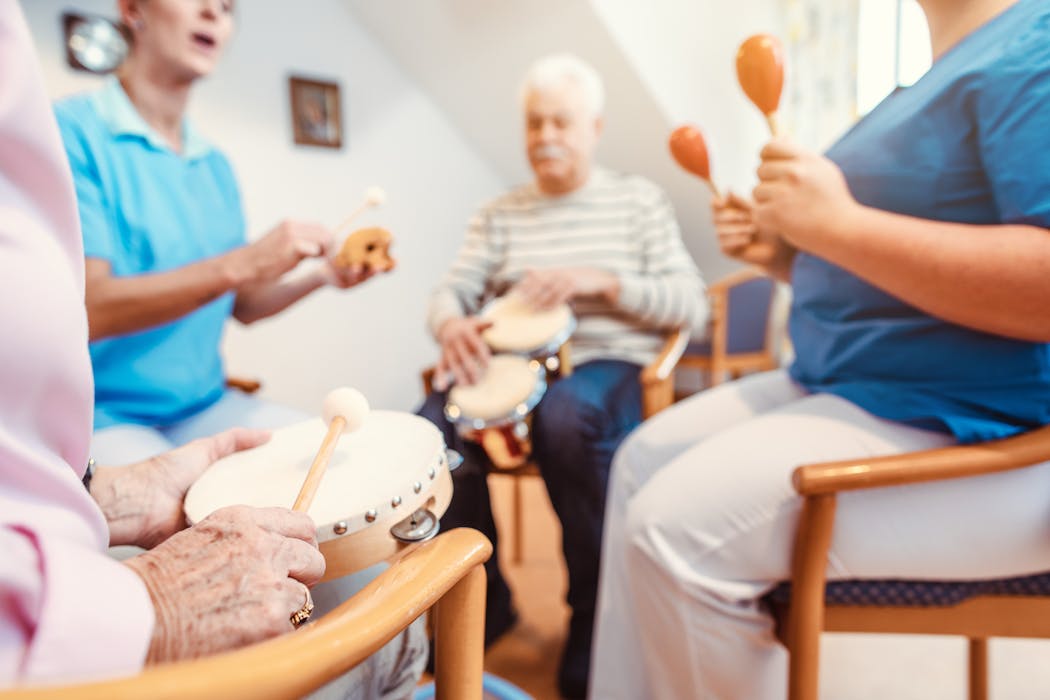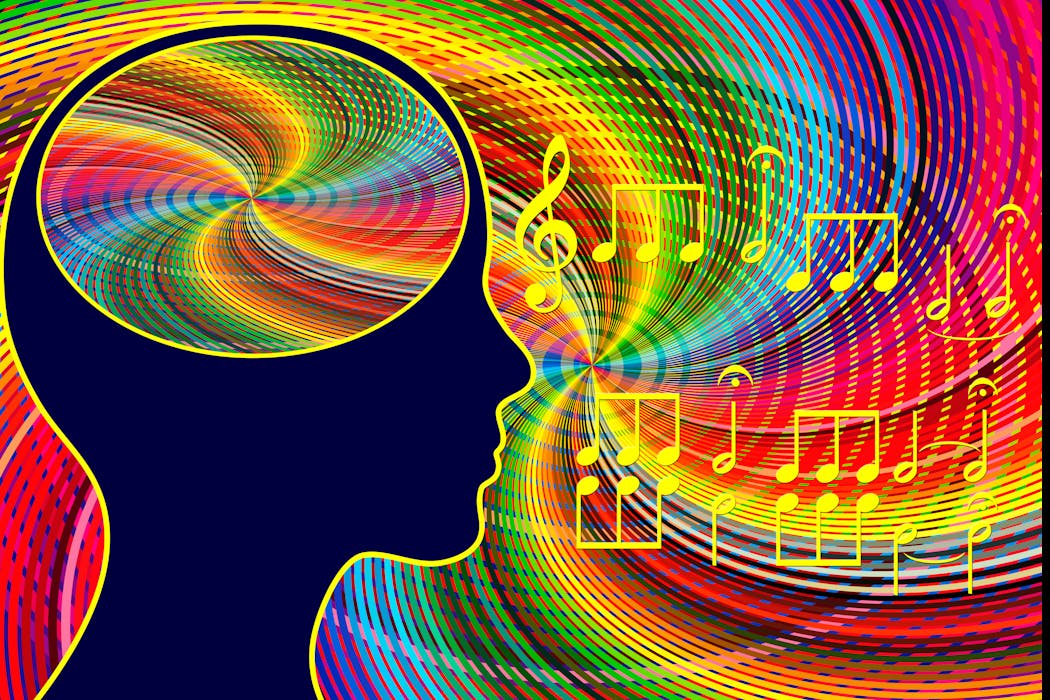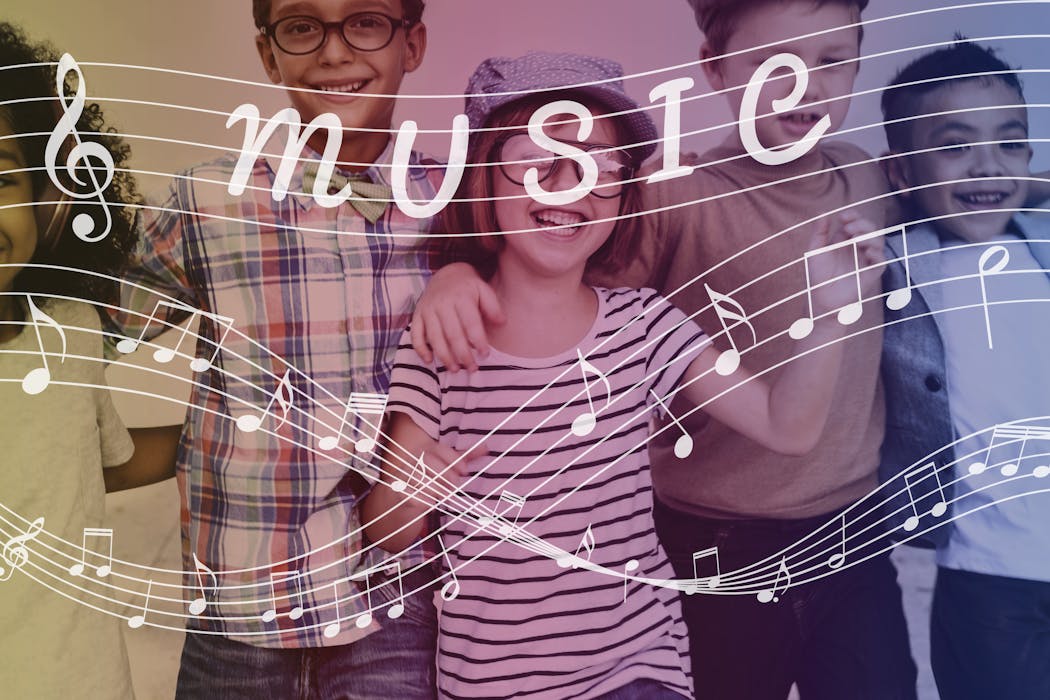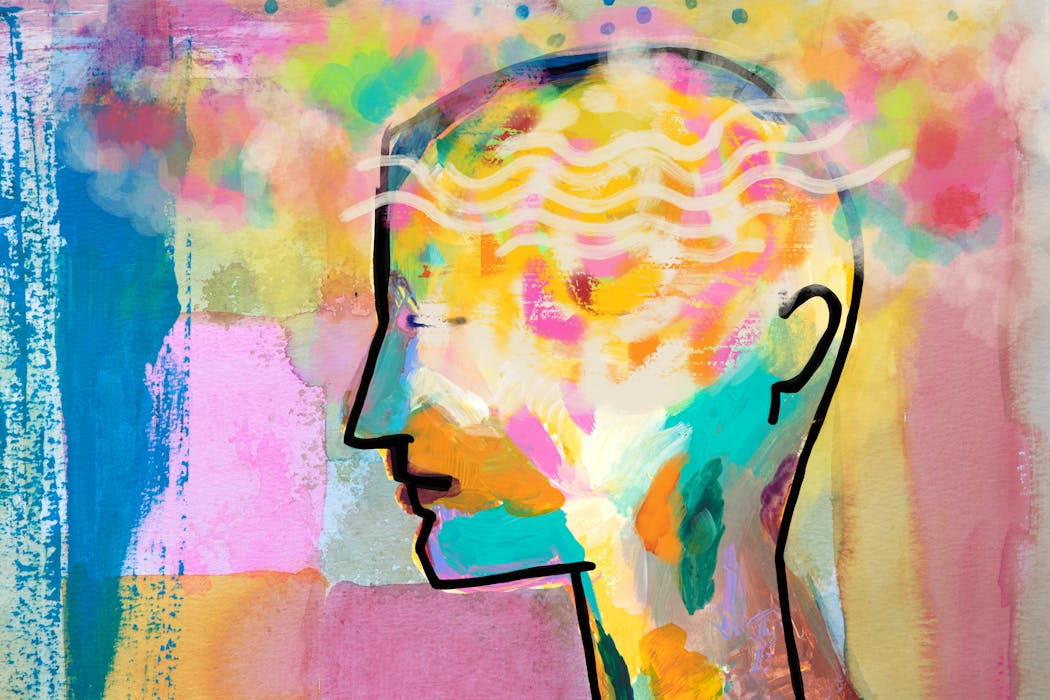Dance therapy, also known as dance movement therapy, is a form of expressive therapy that uses movement and dance to support the emotional, cognitive, physical, and social integration of individuals. It has been increasingly recognized as an effective tool in the recovery process for individuals struggling with addiction, trauma, mental health issues, and other challenges. Dance therapy in recovery provides a unique and holistic approach to healing, as it engages the mind, body, and spirit in a creative and expressive way. This form of therapy can be particularly beneficial for individuals who may have difficulty expressing themselves verbally or who struggle with traditional talk therapy. By incorporating movement and dance into the recovery process, individuals can tap into their inner emotions, release pent-up energy, and gain a sense of empowerment and self-awareness.
Dance therapy in recovery can take many forms, including individual or group sessions, and can be tailored to meet the specific needs and goals of each individual. Whether it’s through improvisational movement, choreographed dance routines, or guided relaxation exercises, dance therapy provides a safe and supportive environment for individuals to explore their emotions, build self-confidence, and develop healthy coping mechanisms. As a result, dance therapy has become an integral part of many holistic recovery programs, offering a unique and effective approach to healing and personal growth.
The Science Behind Dance Therapy
The use of dance as a therapeutic tool is rooted in the understanding of the mind-body connection and the ways in which movement can impact our emotional and psychological well-being. Research has shown that engaging in physical activity, such as dancing, can stimulate the release of endorphins, which are neurotransmitters that promote feelings of pleasure and reduce stress and anxiety. Additionally, dancing has been found to increase levels of serotonin and dopamine, which are neurotransmitters associated with mood regulation and feelings of happiness. These chemical changes in the brain can have a profound impact on an individual’s emotional state, helping to alleviate symptoms of depression and anxiety.
Furthermore, dance therapy has been found to activate the brain’s reward system, leading to feelings of accomplishment and satisfaction. This can be particularly beneficial for individuals in recovery, as it provides a healthy and positive outlet for self-expression and emotional release. In addition to the neurochemical effects of dance therapy, engaging in physical movement can also improve overall physical health, including cardiovascular fitness, muscle strength, and flexibility. This can be especially important for individuals in recovery who may have neglected their physical well-being due to substance abuse or other challenges. Overall, the science behind dance therapy provides a compelling argument for its effectiveness in promoting emotional and psychological well-being in the recovery process.
The Emotional and Psychological Benefits of Dance in Recovery
Dance therapy offers a wide range of emotional and psychological benefits for individuals in recovery. Through movement and dance, individuals can express and process complex emotions that may be difficult to articulate through traditional talk therapy. This can be particularly beneficial for individuals who have experienced trauma or have difficulty connecting with their emotions. Dance therapy provides a safe and supportive environment for individuals to explore their feelings, release pent-up energy, and gain a sense of empowerment and self-awareness.
In addition to emotional expression, dance therapy can also help individuals build self-confidence and develop healthy coping mechanisms. By engaging in movement and dance, individuals can experience a sense of accomplishment and mastery over their bodies, which can translate into increased self-esteem and resilience. Furthermore, dance therapy encourages individuals to connect with their bodies in a positive way, fostering a greater sense of self-awareness and self-acceptance. This can be particularly important for individuals in recovery who may have struggled with body image issues or low self-esteem as a result of their addiction or trauma. Overall, the emotional and psychological benefits of dance therapy make it a valuable tool in the recovery process.
How Dance Therapy Helps with Physical Healing
In addition to its emotional and psychological benefits, dance therapy can also support physical healing in the recovery process. Engaging in physical movement through dance can improve cardiovascular fitness, muscle strength, flexibility, and overall physical well-being. This is particularly important for individuals in recovery who may have neglected their physical health due to substance abuse or other challenges. By incorporating dance into their recovery plan, individuals can experience the physical benefits of movement while also addressing their emotional and psychological needs.
Furthermore, dance therapy can help individuals develop a greater sense of body awareness and connection. This can be particularly important for individuals who have experienced trauma or have struggled with body image issues as a result of their addiction. Through movement and dance, individuals can learn to trust and listen to their bodies, fostering a greater sense of self-acceptance and self-care. Additionally, engaging in physical activity through dance can provide a healthy outlet for stress relief and relaxation, promoting overall physical well-being. Overall, the physical healing benefits of dance therapy make it an important component of a holistic recovery plan.
Case Studies: Success Stories of Dance Therapy in Recovery
There are numerous success stories that highlight the transformative power of dance therapy in the recovery process. For example, a study published in the American Journal of Dance Therapy found that individuals who participated in a 12-week dance movement therapy program reported significant improvements in their mood, self-esteem, and overall well-being. Participants also reported feeling more connected to their bodies and more capable of expressing themselves creatively. Another study published in the Journal of Substance Abuse Treatment found that dance movement therapy was effective in reducing symptoms of depression and anxiety in individuals in early recovery from substance abuse.
In addition to research studies, there are countless personal accounts of individuals who have experienced profound healing through dance therapy. For example, Sarah, a survivor of childhood trauma and addiction, credits dance therapy with helping her reconnect with her body and process her emotions in a safe and supportive environment. Through movement and dance, Sarah was able to release pent-up energy and gain a greater sense of self-awareness and empowerment. Similarly, John, a military veteran struggling with PTSD, found relief from his symptoms through dance therapy. By engaging in physical movement and creative expression, John was able to find a sense of peace and connection that he had been unable to achieve through traditional talk therapy alone. These success stories highlight the transformative potential of dance therapy in the recovery process.
Incorporating Dance into a Holistic Recovery Plan
Incorporating dance into a holistic recovery plan can provide individuals with a unique and effective approach to healing and personal growth. By engaging in movement and dance, individuals can address their emotional, psychological, and physical needs in a creative and expressive way. Dance therapy can be integrated into a holistic recovery plan through individual or group sessions led by trained dance therapists. These sessions can be tailored to meet the specific needs and goals of each individual, providing a safe and supportive environment for exploration and healing.
In addition to formal dance therapy sessions, individuals can also incorporate dance into their daily lives as a form of self-care and stress relief. Whether it’s through dancing at home, taking a dance class, or participating in community events or performances, engaging in movement and dance can provide individuals with a healthy outlet for self-expression and emotional release. Furthermore, incorporating dance into a holistic recovery plan can help individuals develop healthy coping mechanisms and build resilience as they navigate the challenges of recovery. Overall, integrating dance into a holistic recovery plan offers individuals a unique opportunity for personal growth and healing.
Finding Dance Therapy Programs and Resources
For individuals interested in exploring dance therapy as part of their recovery journey, there are numerous programs and resources available to support their needs. Many treatment centers offer formal dance therapy programs as part of their holistic approach to recovery. These programs are led by trained dance therapists who are experienced in working with individuals struggling with addiction, trauma, mental health issues, and other challenges. Additionally, there are community-based organizations that offer dance classes or workshops specifically designed for individuals in recovery.
In addition to formal programs, there are also resources available for individuals who may want to explore dance therapy on their own. Books, online resources, and videos can provide individuals with information on how to incorporate movement and dance into their recovery plan. Furthermore, many communities offer opportunities for individuals to engage in creative expression through dance performances or events. By exploring these resources, individuals can find support and inspiration as they incorporate dance into their recovery journey.
In conclusion, dance therapy offers a unique and effective approach to healing for individuals in recovery. Through movement and dance, individuals can address their emotional, psychological, and physical needs in a creative and expressive way. The science behind dance therapy supports its effectiveness in promoting emotional well-being while also providing physical healing benefits. Success stories highlight the transformative potential of dance therapy in the recovery process. By incorporating dance into a holistic recovery plan and exploring available programs and resources, individuals can find support as they embark on their journey towards healing and personal growth through movement and dance therapy.
Find out how Torongo Therapyplus can help you with your needs. Get in touch with us at smile@torongo.life, or call us on 02 8809 9965.
















